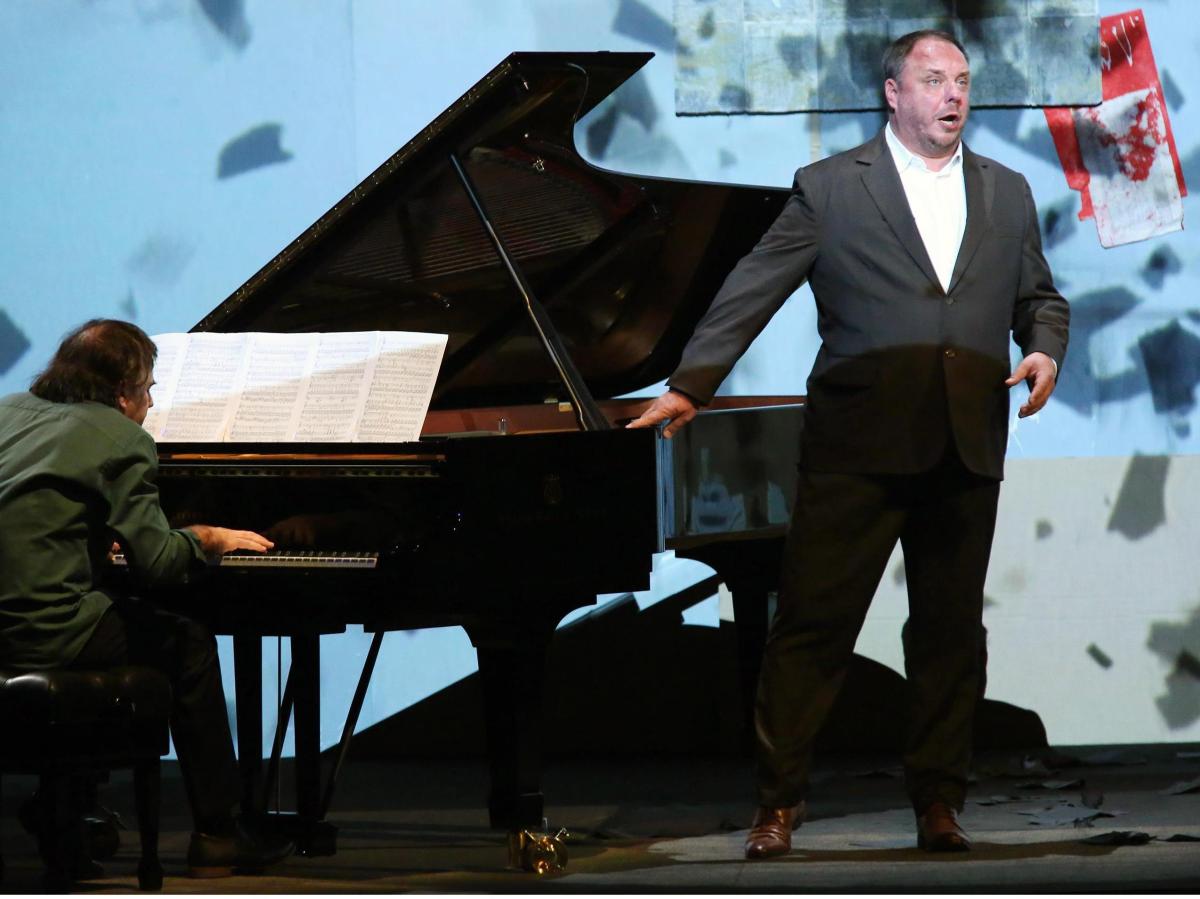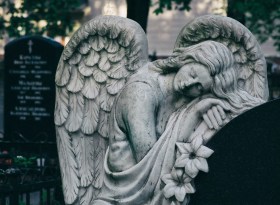Image: www.sydneyfestival.org.au
This Sydney Festival, the last for its Flemish artistic director Lieven Bertels, has opened with two dark German classics from the 19th Century. Both by young men on the eve of an early death, Buchner’s Woyzeck is a landmark early social drama while Schubert’s Winterreise is an intensely introspective tale of unrequited love.
Over 24 songs, Schubert follows his solitary protagonist through a grim winter journey away from his beloved. Bass-baritone Matthias Goerne sings the role beside Markus Hinterhauser on piano and backed by the flickering filmed, black and white drawings of South African artist William Kentridge.
Kentridge’s performance art animations have long been a feature of exhibitions and biennales around the world and Australia. His scribbled figures and landscapes constantly transmogrify, from birds to fish to human forms to trees, ever evolving, often projected onto obscure text and scratched with abstract lines. While Kentridges’s images are often political, about war, massacres or social misery, his mood remains intimate and sombre.
Feeling this synergy between his work and Schubert’s song cycle, William Kentridge has simply reworked clips from his 25-year-old library of films, and transposed their titles in place of those of Schubert’s songs.
Without any English surtitles the fine details of Wilhelm Muller’s poetic text is unfortunately lost for those audience members who aren’t familiar with Schubert. The beauties and agonies of that wintry landscape, and the Romantic lovelorn pain projected onto it, are replaced by Kentridges’s own often incompatible journey.
Those who are familiar with Winterreise may appreciate Kentridge’s tangental meditation on the cycle, but I felt it robbed Goerne of impact. The images sometimes were startlingly compatible – a scribbled balding, middle aged man walking, looking like Goerne himself, another huddled in the lap of a naked woman; others were not. Interestingly, while Kentridge’s images mostly stretched the songs beyond meaning, he did project the personal nature of Schubert’s songs onto a much wider social world. Buchner may have loved it!
Goerne meanwhile sang with rich pathos, his bass notes booming round, especially in the early songs, his lighter, more subtle tenor notes highly expressive as the cycle’s journey progressed. His synergy with Hinterhauser nearby on piano, if not with Kentridge, was impeccable.
Winterreisse
Rating: 4 stars out of 5
Sydney Festival
City Recital Hall
January 7 & 8 2016






